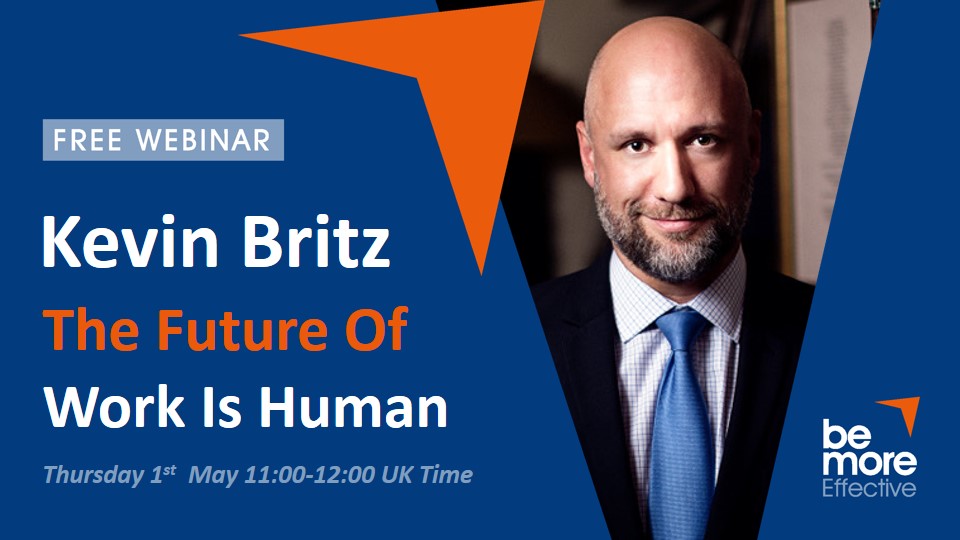The Impact Of Technology On The Future Of Work

The way in which we interact with technology is rapidly evolving. Technology now plays an integral role in workplaces worldwide and has been used to improve efficiency, communication and operations. With technological innovations now advancing faster than ever, many people are asking what the future workplace will look like.
This topic was covered in the recent Birkman Report, which looked at the macro business environment and how such trends could influence workplaces. Here’s a breakdown of what the report covered.
How Technology Impacted The Macro Business Environment
1) Labour Costs Have Decreased
Since the early 2000’s the budgets allocated to labor have decreased exponentially. With technology replacing many manual jobs, companies in developing countries are now focusing on allocating their finds to intangible capital such as intellectual property.
2) Some Jobs Have Been Replaced By Machines
According to the Birkman Report, two thirds of jobs in the US are at risk of being computerized. While technology was originally used to replace “simple” and repetitive tasks, new developments and the Internet of Things (IoT) have allowed technology to complete more complex tasks that involve reasoning and optimization.
3) The Workforce Has Gone Global
Historically employers would hire individuals based on their local area. In the late 20th century this expanded to country wide hiring and in the 21st century recruitment has gone global. Organizations are no longer limited by location. Recruitment is now completed on a global scale with businesses offering a range of remote, hybrid and in-person positions to find the best talent for the best possible cost.
This change has also been adopted by employees who no longer need to give up their current lifestyle to work for a business in a different location. Instead, they can work online from home or a public workspace and still receive the benefits of working for a particular employer.
4) Hybrid And Remote Work Is On The Rise
The 2020 pandemic significantly accelerated the widespread adoption of hybrid and remote work. In just a few months businesses went from office spaces to digital collaboration with tools like Zoom being used for meetings. Although the pandemic is now over, this trend has continued to influence workplaces with employees enjoying the benefits of greater flexibility. The Birkman Report suggests that this trend is likely to continue, with younger generations choosing to work digitally instead of a 9 to 5 office job.
5) Data Is Heavily Influencing Decisions
Although data has always played a role in decision making, the amount of information computers can now gather has taken this to a new level. With this in mind, it's expected that data collection, security, understanding and insight delivery will be crucial for the success of future businesses.
6) Organizational Change Is Speeding Up
With data becoming more important, businesses are required to adapt rapidly to changes in the market. This applies to all areas of a business from operations and marketing to recruitment and sales.
How Will These Changes Impact The Workforce?
Considering these macro effects, what changes can the workforce expect in the next ten years?
1) Across Organization Job Movement Will Become Popular
Job requirements are now changing rapidly which can influence an employee's ability to complete everyday tasks. While this may be solved through training, in some businesses across organizations job movement may be a better option. Instead of hiring someone externally, employees already working within the business will be moved to different positions more often based on their skill sets.
2) Demand For Certain Jobs Will Decline
Over the past ten years the demand for particular jobs has declined. For example, self checkouts have replaced the demand for cashiers, machines have replaced manufacturing roles and AI is now influencing the digital space. As automation becomes more advanced, the demand for specific jobs will decline.
3) Job Demand Will Rise In Certain Industries
Although the demand for some jobs will decrease, other industries will be hiring faster than ever. For example, the demand for healthcare experts is predicted to increase as is the demand for technicians, coders and developers. With technology becoming more advanced, the baseline understanding of employees will also need to grow to ensure the workplace can continue to operate smoothly.
4) Skill Updates Will Become More Regular
As job requirements change more regularly, the need for skill updates will also be required. For instance, farm managers in 2023 have in-depth agricultural knowledge to complete their work. However, when harvesting machinery is run by sensory technology, farm workers will need to understand this new technology on top of their agricultural knowledge.
5) There Will Be An Increase In Pay Inequality
With more “unskilled” jobs being replaced by technology, the pay gap between the wealthy and low to middle working class is predicted to increase. Furthermore, with globalization on the rise, the competition for remaining jobs will also increase, thus decreasing the compensation offered for remaining positions.
The Future Of Work Is Still Human
Despite many theories about AI and technology taking over the workplace, workplaces of the future will ultimately still be human based. Rather than completely replacing people, technology will be used to enhance efficiency, improve collaboration and free up employees time to complete more important tasks.
While it’s possible that some lower skilled jobs may be replaced, it’s likely that employees will have their roles changed rather than being replaced altogether. For example, when technology was used to replace some checkouts, employees were not replaced but instead would work on alternative tasks such as managing stock or helping shoppers.
This is also the case in more technical jobs such as accountancy. When technology was implemented to complete financial tasks and spreadsheets, the role of the accountant moved from producing numbers to helping clients interpret them. Therefore, technology is likely to assist employees rather than replace them entirely.
For more information please send a message via the Contact Us Page. Or you can register for an upcoming webinar.


